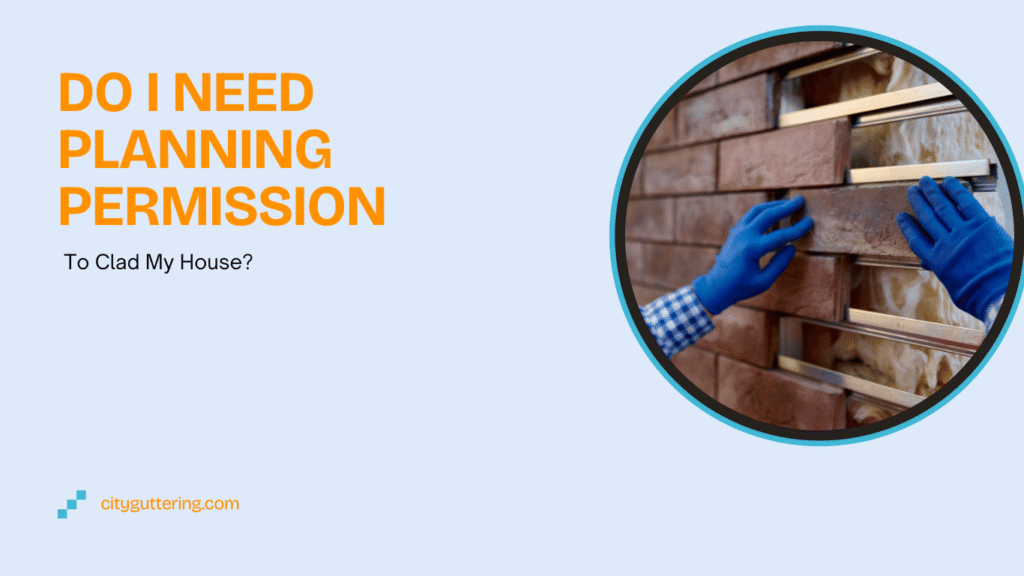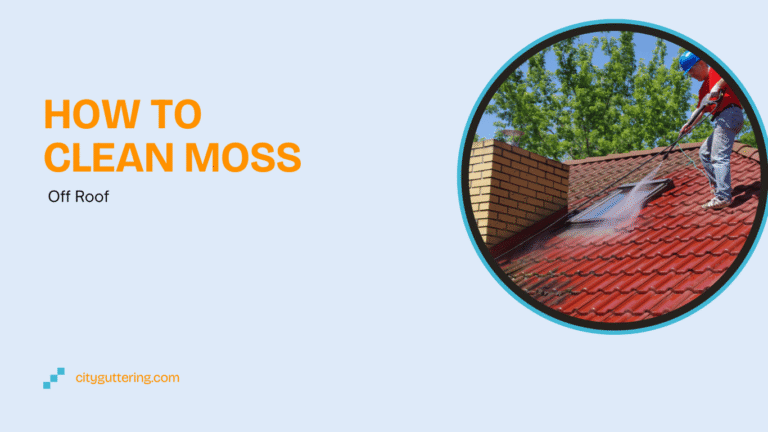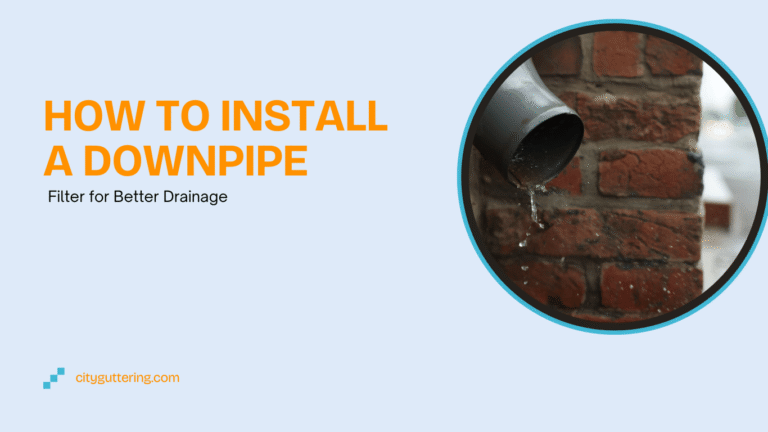Cladding has become a popular choice for homeowners across London and Surrey who want to protect their homes from the elements while also giving their property a fresh, attractive appearance.
But one of the most common questions people ask before starting is whether they need planning permission to clad the house. The answer depends on several factors, including the type of property you own, where it’s located, and the materials you intend to use.
In this article, we’ll break down the rules, cover the pros and cons, and explain when planning permission may be necessary.
What is House Cladding?
Cladding refers to the process of applying an external layer or material to a building’s walls. This extra layer provides protection from the weather and often improves insulation. Many London and Surrey homeowners choose cladding not just for practical reasons, but also to refresh their home’s look.
Common cladding materials include:
- Timber – natural and traditional, but requires regular maintenance
- uPVC – low maintenance and budget-friendly
- Brick slips – mimic traditional brickwork
- Composite boards – durable and resistant to weather damage
- Stone or tile cladding – gives a premium finish
Each material has its own maintenance requirements, cost considerations, and visual impact.
Do You Always Need Planning Permission?
In most cases, cladding falls under what’s called “permitted development rights.” This means you can usually proceed without formal planning permission, provided the work doesn’t significantly change the appearance of your property or impact your neighbours.
Situations where planning permission is not normally required:
- Adding cladding to the rear or side of your home in a typical residential area
- Using neutral or common materials like uPVC or timber
- Small projects that don’t alter the building’s structure
However, there are several exceptions where permission is required, and overlooking these can cause costly problems later.
When Planning Permission Is Required
The rules become stricter depending on your property type and location. You should always check with your local council before starting, but generally, permission is needed in the following cases:
- Conservation areas – Many parts of London and Surrey have designated conservation zones where exterior changes are heavily regulated.
- Listed buildings – Any alterations, including cladding, require approval.
- Flats and maisonettes – Permitted development rights don’t usually apply.
- Significant external changes – If the cladding dramatically changes your home’s look or affects the street’s character.
- Fire safety concerns – Post-Grenfell, councils scrutinise cladding materials more closely for safety reasons.
Failing to secure permission when required can result in fines or even being asked to remove the cladding entirely.
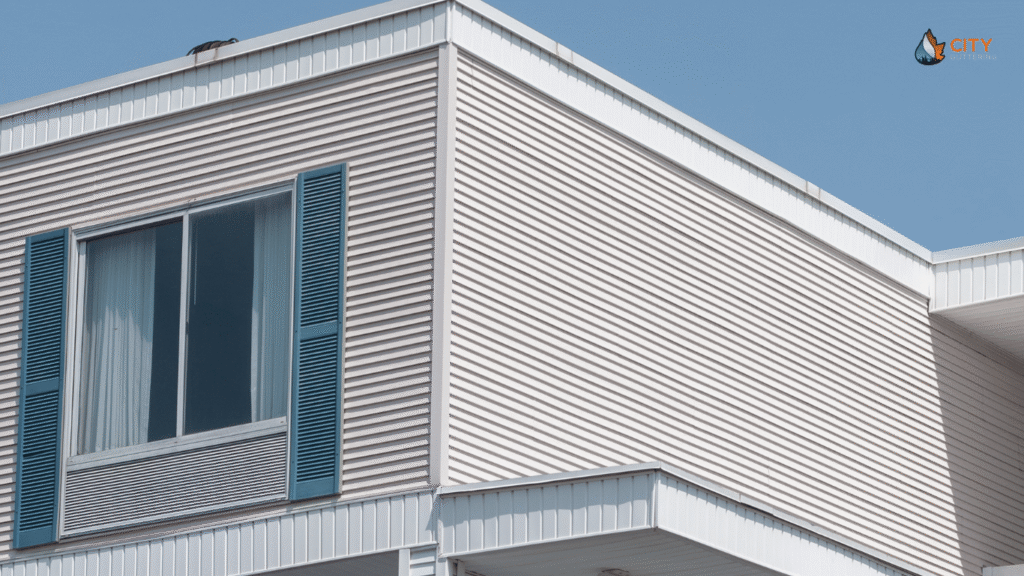
Building Regulations vs. Planning Permission
Many homeowners confuse these two terms, but they serve different purposes.
- Planning permission focuses on how the change affects the area and neighbours.
- Building regulations ensure that the work meets safety, energy efficiency, and structural standards.
For cladding, building regulations may apply if you’re adding insulation, altering the wall structure, or using materials that must meet fire safety standards. Even if you don’t need planning permission, you must still comply with building regulations.
Benefits and Drawbacks of Cladding
Cladding offers several practical and visual benefits, but it also comes with some downsides.
Benefits:
- Protects walls from damp, rain, and weather damage
- Improves insulation, reducing energy costs
- Gives your home a fresh, modern appearance
- Increases property value when done professionally
Drawbacks:
- Can be expensive depending on materials
- Requires maintenance (timber, in particular, needs regular treatment)
- May attract planning restrictions in certain areas
- Poor installation could lead to moisture or ventilation issues
How to Check if You Need Permission To Clad The House
If you’re unsure, there are simple steps you can take to confirm whether planning permission applies:
- Check your local council’s website – Most boroughs in London and councils in Surrey provide planning advice online.
- Contact the planning department directly – Speaking with a planning officer can give you a clear answer.
- Hire a professional installer – Reputable companies will guide you through the process and highlight any permissions you may need.
Because London and Surrey have many conservation areas, it’s especially important to double-check before starting any work.
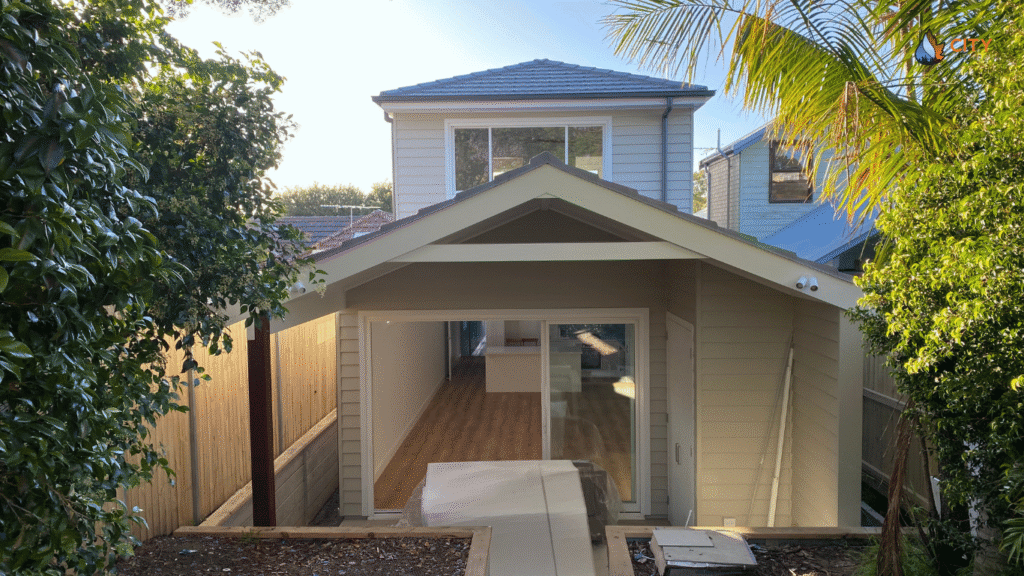
Alternatives if Permission is Denied
If you’re in a conservation area or own a listed building, you may find cladding restrictions frustrating. But there are alternatives that can still improve your home’s comfort and appearance.
- Internal insulation – Adds energy efficiency without altering the outside walls.
- Rendering or painting – Refreshes the exterior without changing the structure.
- Neutral finishes – Councils are more likely to allow materials that match the surrounding area.
These options can still protect your property and improve its appearance without clashing with planning rules.
Why Professional Advice Matters
Even though cladding might look like a straightforward project, the rules around planning and regulations can be complex. Starting work without proper checks could cost you more in the long run.
Professional installers can not only recommend the right materials but also ensure compliance with building regulations. At the same time, exterior improvements such as cladding should work in harmony with your guttering and drainage system. If gutters are blocked or damaged, water may run down cladded walls and cause damp or mould.
At City Guttering London, our focus is on keeping properties safe from water damage. While we don’t handle planning applications, our expert team ensures your gutters are fully functional so that any cladding work you invest in performs as intended.
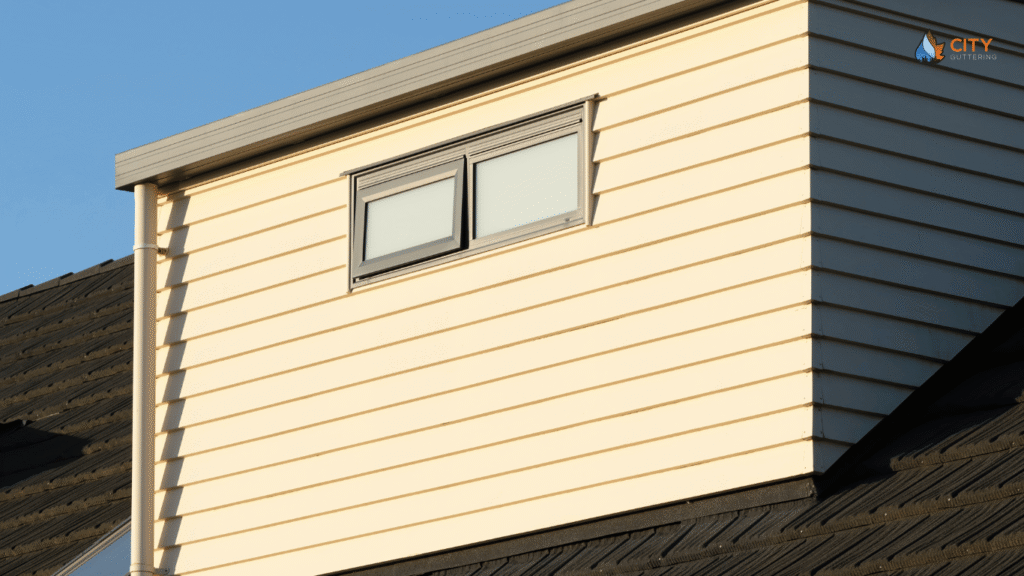
Conclusion
Cladding is an excellent way to protect and refresh your home, but knowing whether you need planning permission is essential. Most projects can go ahead under permitted development rights, but exceptions apply in conservation areas, listed buildings, and certain types of housing. Always confirm with your local council before starting, and remember that building regulations still apply even if planning permission doesn’t.
If you’re preparing your home for cladding or other exterior work, make sure your gutters and drainage are in top condition. City Guttering London provides reliable cleaning, repair, and maintenance across London, Surrey, and Hampshire. Contact us today for a free quote within 45 minutes and keep your home protected from leaks and water damage.
Frequently Asked Questions
Q. 1 Do I need planning permission to clad the front of my house?
A. Yes, in many cases cladding the front requires permission, especially if it changes the appearance of the property significantly or is in a conservation area.
Q. 2 Can I clad my house if it’s in a conservation area?
A. You will almost always need permission, and in some areas it may not be allowed at all.
Q. 3 Does uPVC cladding need planning permission?
A. Not usually, but check with your local council if you live in a regulated area.
Q. 4 What’s the difference between planning permission and building regulations?
A. Planning permission concerns the impact on neighbours and the local area, while building regulations cover safety, energy efficiency, and material standards.
Q. 5 Can cladding increase my property value?
A. Yes, high-quality cladding improves insulation and visual appeal, which can make your home more attractive to buyers.
